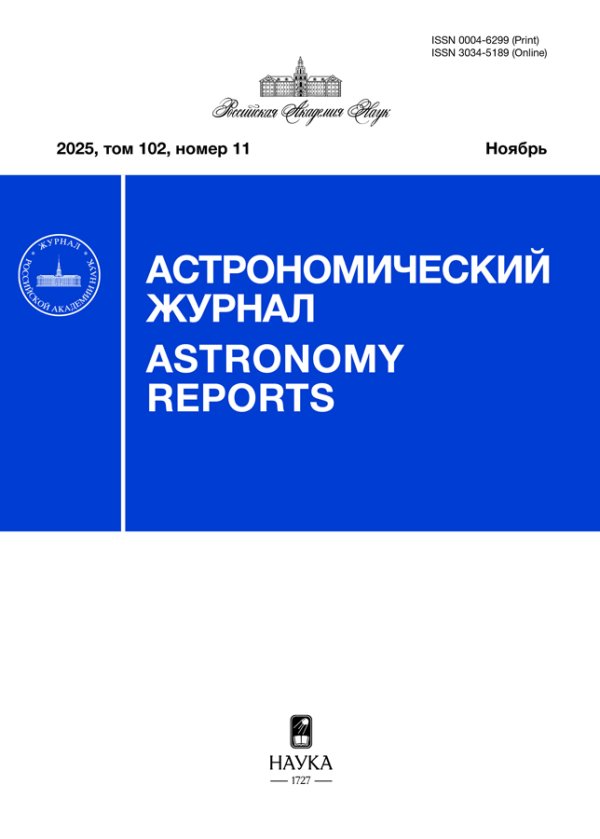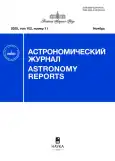Astronomy Reports
ISSN (print): 0004-6299
Media registration certificate: № 0110223 от 08.02.1993
Founder: Russian Academy of Sciences (RAS), Institute of Astronomy of the Russian Academy of Sciences
Editor-in-Chief: Dmitry V. Bisikalo, ORCID iD: 0000-0003-2025-5564
Number of issues per year: 12
Indexation:
- RISC,
- Higher Attestation Commission list,
- RISC core,
- RSCI,
- White List (2nd level)
Astronomičeskij žurnal is an international peer reviewed journal that publishes original papers on astronomical topics, including theoretical and observational astrophysics, physics of the Sun, planetary astrophysics, radio astronomy, stellar astronomy, celestial mechanics, and astronomy methods and instrumentation.
- Recognized for excellence since 1924
- Coverage includes astronomy, including theoretical and observational astrophysics, physics of the Sun, planetary astrophysics, radioastronomy, stellar astronomy, celestial mechanics, and astronomy methods and instrumentation
- Publishes chronicles and proceedings of international conferences
Current Issue
Vol 102, No 11 (2025)
Articles
REGISTRATION OF BURSTS OF GRAVITY-GRADIENT AND NEUTRINO BACKGROUND BY UNDERGROUND DETECTORS
Abstract
 963-974
963-974


THE PLACE OF THE RADCLIFFE WAVE IN THE LOCAL SYSTEM
Abstract
 975-988
975-988


COMPACT SOURCES OF OH MASER EMISSION IN THE STAR-FORMING REGION CEP A
Abstract
 989-994
989-994


STUDY OF THE MIGRATION OF EARTH-LIKE PLANETS IN PLANETESIMAL DISKS AND THE FORMATION OF DEBRIS DISKS
Abstract
 995-1005
995-1005


PULSAR B1237+25 AT 111 MHz: AVERAGE PROFILE, MODE SWITCHING, NULLINGS, MICROSTRUCTURE
Abstract
 1006–1021
1006–1021


MEASUREMENT OF RADIO EMISSION SCATTERING PARAMETERS AT THE FREQUENCY 1650 MHz IN THE DIRECTION OF PULSAR B1937+21 WITH GROUND-SPACE INTERFEROMETER RADIOASTRON
Abstract
 1022-1035
1022-1035


X-RAY BINARIES WITH Be STARS
Abstract
 1036-1052
1036-1052












